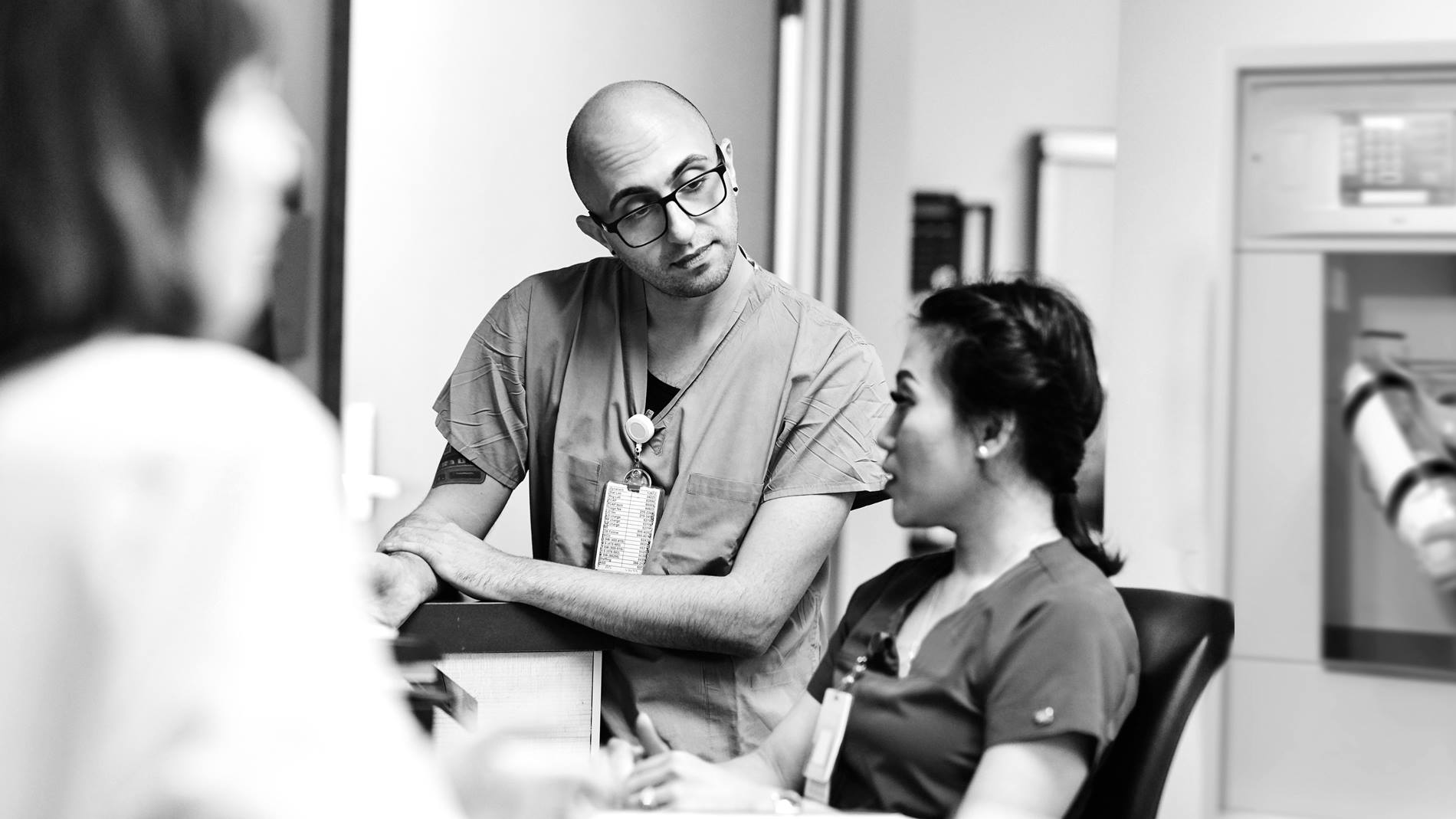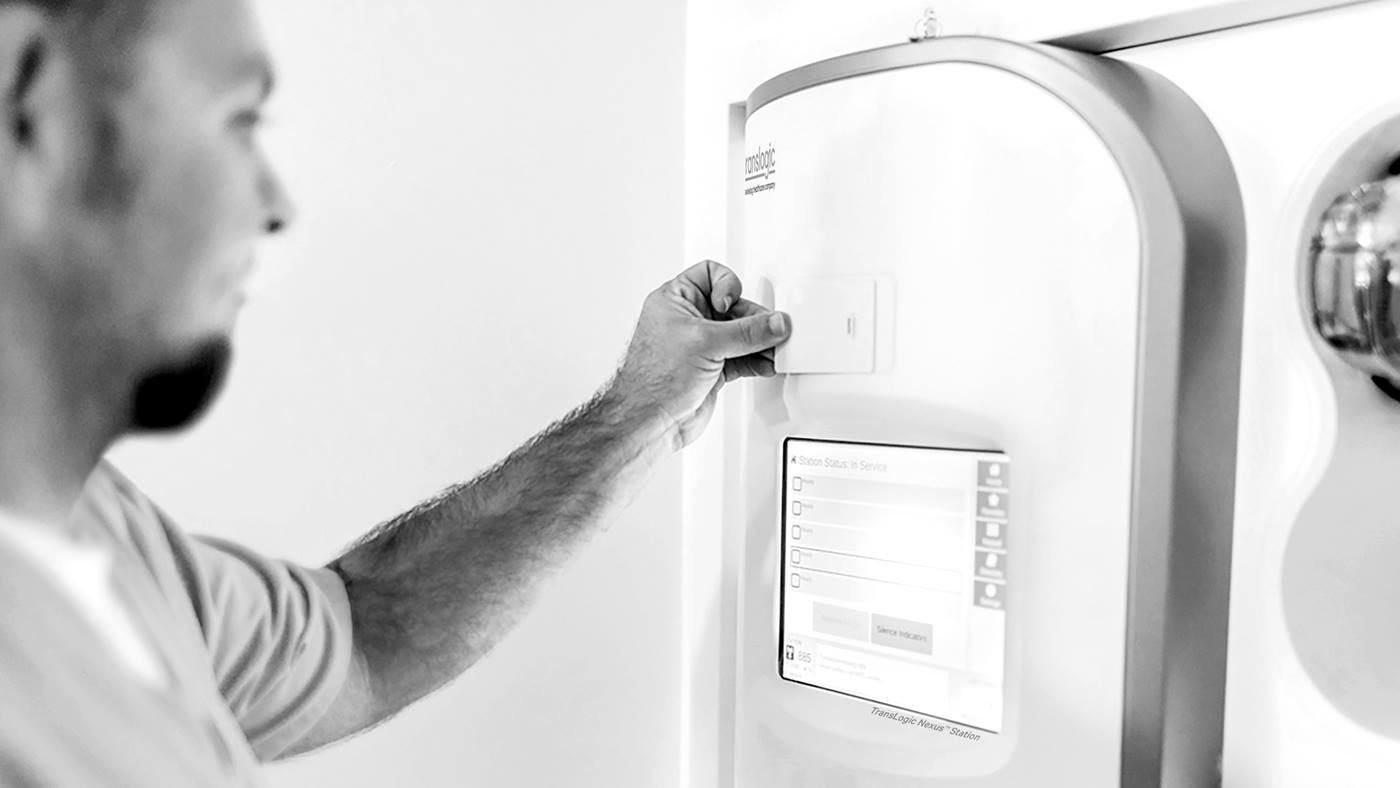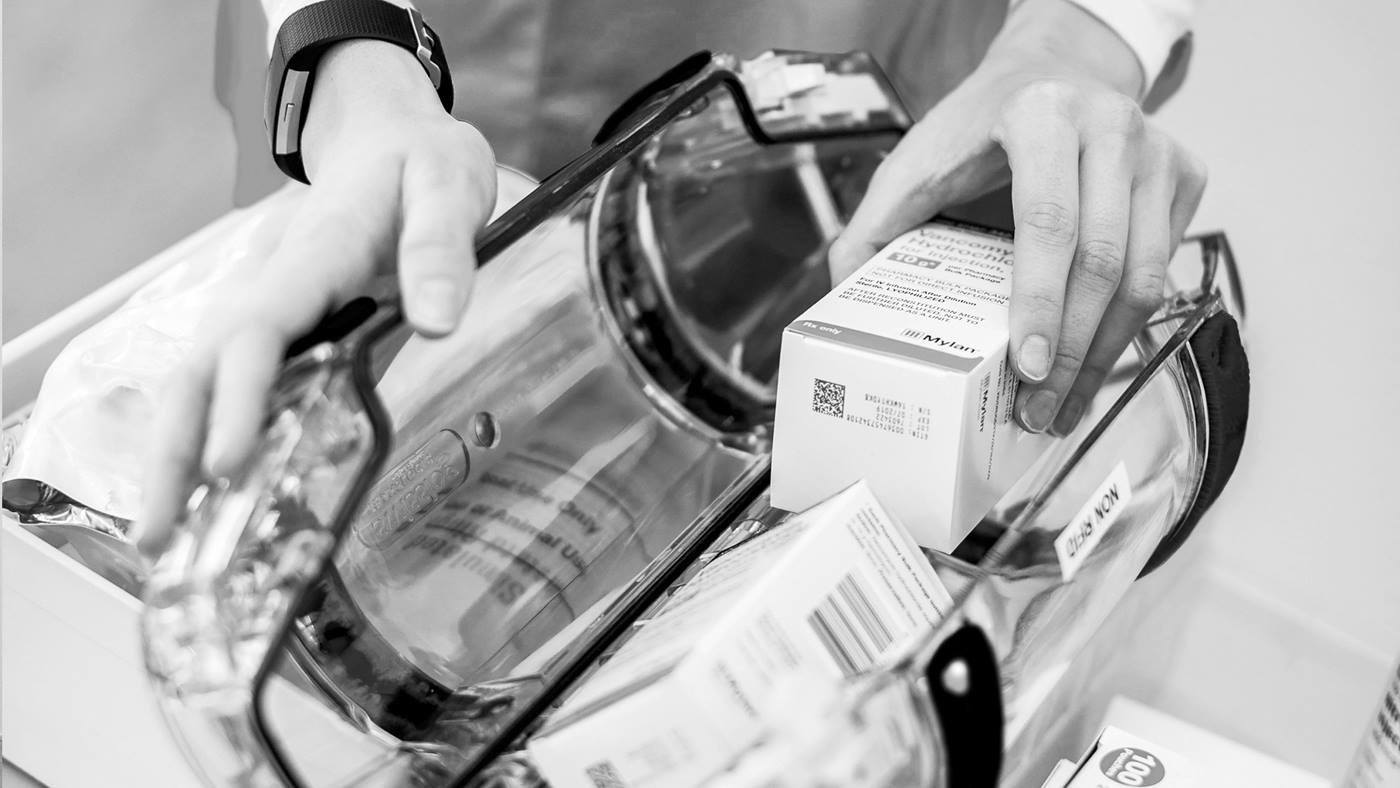The Challenge
As the facility grew, the ability of its medical professionals to do their jobs efficiently became more difficult. Patient care departments were located more remotely from the supporting ancillary departments than ever before. Longer turnaround times for laboratory tests and pharmaceutical requests were the result. Initially, the hospital had elected to revitalize the existing 1940’s vintage Brushomatic pneumatic tube system that had been shut down for several years. The lack of reliability and accountability of the antiquated tube system proved it to be unacceptable for the transport needs of the facility, and an expensive messenger staff had to be maintained.
With the addition of the new “E” wing, the staff had to evaluate the material handling options for the new area.
Four material transport choices were considered:
- Expand the existing tube system
- Operate a mixed system and purchase a new generation tube system for the expansion areas only
- The complete conversion to a new tube system
- Invest in additional staff to manually



